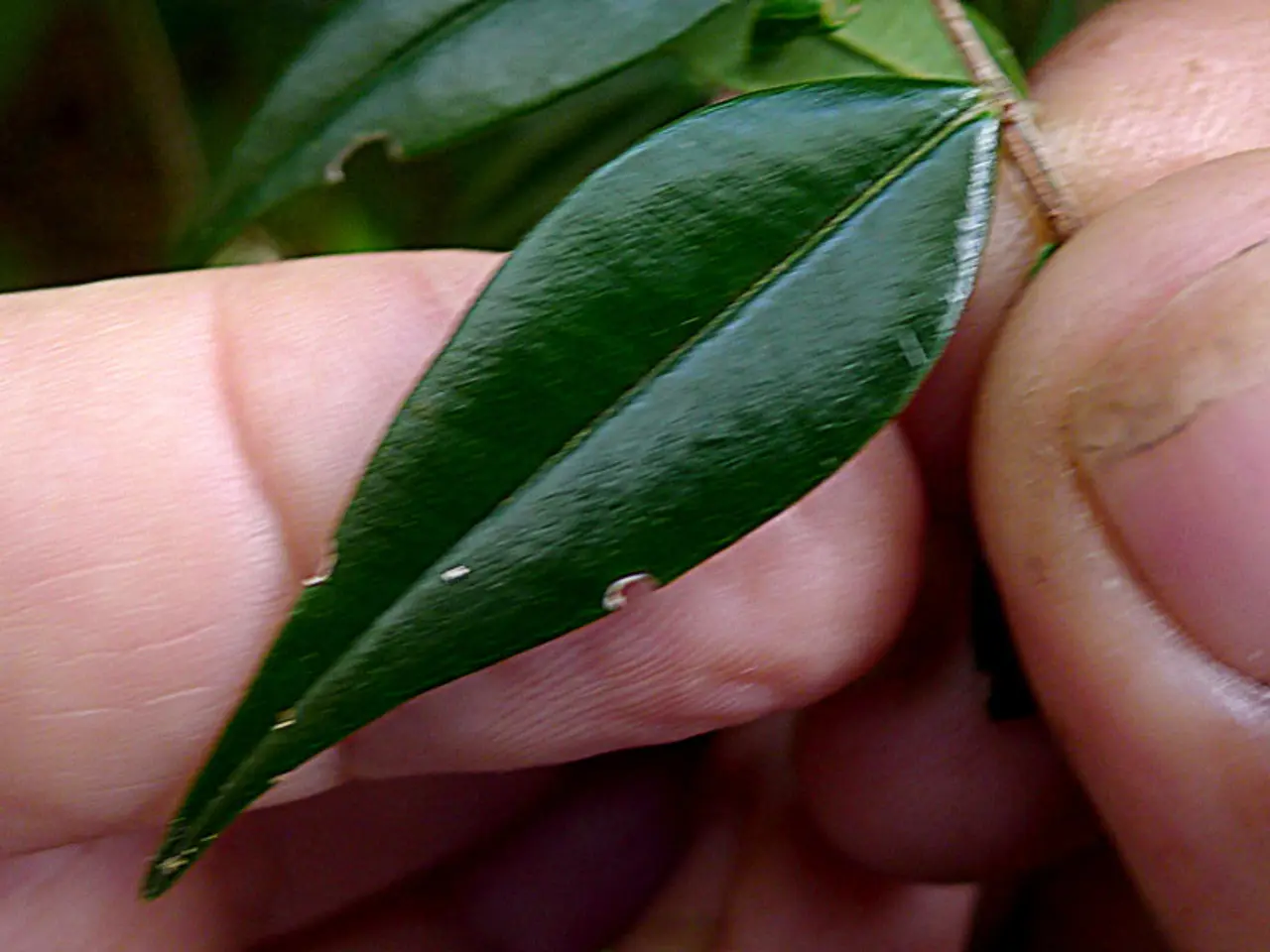Cultivating Curry Plant: A Guide
The captivating curry plant, specifically Helichrysum italicum, is an evergreen perennial that adds a unique touch to any garden with its silvery leaves and bright yellow summer flowers. This article provides a step-by-step guide on how to cultivate the curry plant for optimal growth and fragrance.
Growing Conditions
Creating the ideal environment for your curry plant is essential for its thriving. Here are some key factors to consider:
Lighting
Curry plants thrive in full sun with at least six to eight hours of direct sunlight daily. This helps maintain compact foliage and enhances fragrance.
Soil
The plant prefers well-draining soil to avoid waterlogging and root rot. A mix of sandy or loamy soil is ideal, and if planting in clay soil, add sand or grit to improve drainage. The soil pH should be slightly alkaline to neutral, ranging from 6.5 to 7.5.
Temperature and Hardiness
Curry plants are hardy in zones 7a to 7b for the dwarf varieties, with a hardiness degree of about 15°F (-9.4°C). For the taller varieties, they thrive in zones 8a to 10b with a hardiness degree of 10°F (-12.2°C).
Watering
Curry plants are drought-tolerant but require medium watering. Avoid overwatering to prevent root rot.
Fertilization
Fertilize every two weeks for optimal growth, though some varieties suggest fertilizing only when needed.
Spacing
Plant curry plants 12 to 24 inches apart, depending on the variety, to ensure adequate air circulation and room for growth.
Planting Time
Plant in the spring after the last frost or in early fall to allow roots to establish before winter.
Additional Tips
- Pruning: Prune the plant regularly to maintain shape and encourage new growth.
- Pests and Diseases: Inspect regularly for pests and diseases, and improve air circulation to prevent fungal issues.
- Uses: Curry plant is not only ornamental but also used for its fragrance in floral arrangements and as a moth repellent.
- Helichrysum italicum 'Dartington' is a dwarf and more compact form of the species, with a height and spread of 50cm x 60cm.
- Seeds of the curry plant should be sown in spring indoors on the surface of moist, peat-free seed compost.
- Always check plants for signs of damage or disease before planting.
- The curry plant is ideal for border edges, raised beds, and informal small hedges, with a recommended spacing of 60cm apart.
- Look for curry plant in the herb section of nurseries and garden centres, as well as under ornamental plants.
- Both leafy stems and flowers of curry plant dry well, cut before the flowers are fully open, tie into small bunches, and hang upside down in a cool airy place away from direct sunlight.
- The curry plant is drought-tolerant and is excellent in Mediterranean-style gardens.
- Helichrysum italicum is a bushy subshrub with aromatic, silver-grey leaves and dark yellow flowerheads, with a height and spread of 60cm x 90cm.
- The curry plant is hardy in UK gardens down to around -10֯C.
- Germination of curry plant seeds takes 7-10 days.
- Once seedlings are large enough to handle, they should be transplanted to individual small pots and grown on in cooler conditions.
- Curry plant has good natural resistance to pests and diseases.
- The curry plant grows to around 45-60cm high and wide.
- Finely chopped curry plant leaves make good additions to salads, soups, and stews.
- Pruning of curry plant should be done lightly in mid-spring, taking off the top few centimeters of all shoots, and after flowering, cut back the whole plant by around a third.
- The curry plant is not related to the plant used for curry leaves in Indian dishes.
- Harvest curry plant by cutting the top sections of young, non-flowering shoots, strip the leaves from the stems before chopping.
Adding a curry plant to your home-and-garden or home-and-garden project can enhance your lifestyle with its ornamental and aromatic properties. For a captivating display, consider planting it in raised beds or along border edges in your growing curry plant collection. By following the guidelines for lighting, soil, temperature, watering, pruning, and spacing as mentioned in this article, you can create an ideal environment for your curry plant to thrive and promote its fragrance, making it perfect for floral arrangements and as a moth repellent.




